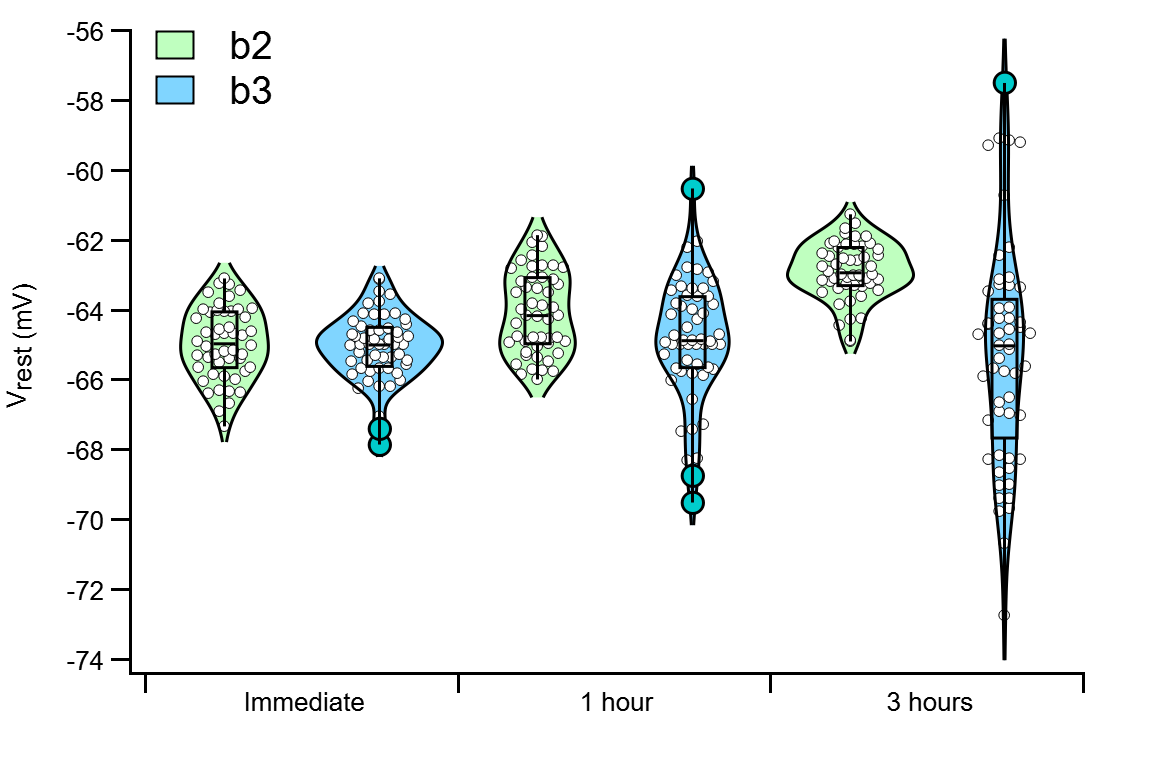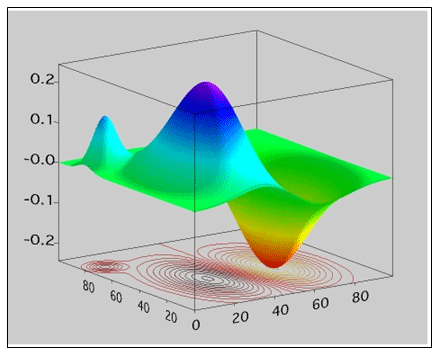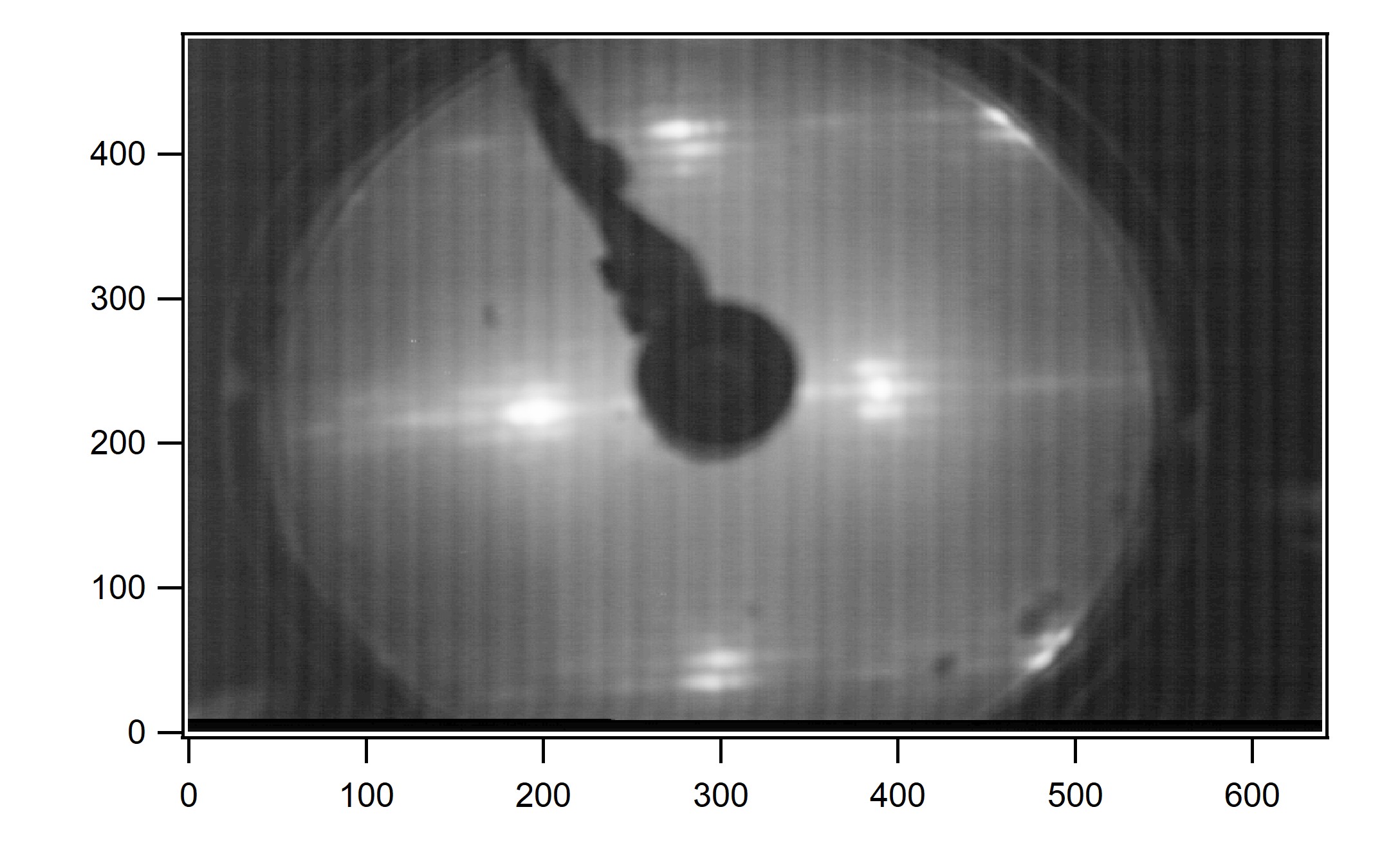

From Igor's Graph menu, choose Packages->Make Traces Different.If you have a lot of waves on one graph, you can get Igor to automatically make each one a different colour: You can modify the host graph in this mode.ĭifferent colours for different wavesin a graph

Return to the host graph by clicking on the little graph icon located above the Tools icon.The embedded graph can only be modified in tools mode. All other options should be available to you under the "Graph" menu. To modify the embedded graph, click on it and from the top menu bar select "Graph > Modify Axis" for usual modification window (i.e.The usual "New Graph" window will appear, select the waves for the embedded graph. Anywhere on the host graph right click.A selection of tools should appear below the "Tools" icon. Select "Tools" mode by clicking on the cirlce, square and line icon (Tools icon) on the left.Press Cntr-T to bring up the tools menu.Ensure the graph which is to 'host' the embedded graph is active (click on the top bar for example).To recreate the graph, simply type nicegraph() at the command prompt.Individual items can be precisely fine tuned in the procedure. Then go to the procedure window, and there you will see all the commands to perfectly recreate your graph.Igor will ask if you want to save a graph recreation macro - answer yes and give it a name - eg nicegraph.Rather than trying to fine tweak a graph with the mouse, simply close the graph window.Ticks should be inside (unless it is a colourmap).Make sure that the "suppress preview" checkbox is tickedīasic graph presentationfor QED-style graphs.It will look bad in print and the journal may reject it. If you want to compare two experiments at the same time, open hold down the CTRL key when double clicking on the Igor Pro icon to open a second separate instance of Igor.Įxporting graphs to LaTex for papers and theses Do not export your graph as a jpor png for use in LaTex unless you are exporting a grayscale/colourmap, or have imported a bitmap image into your Igor graph/layout (ie a png, gif or jpeg). There are lots of useful hints and tips available at - look there first.
#IGOR PRO BACKGROUND IMAGE IN GRAPH PDF#
Write cursor values directly into wavesĪlso Igo Pro has the full manual online as a PDF file.
#IGOR PRO BACKGROUND IMAGE IN GRAPH HOW TO#

Arranging annotations on a graph so that they can be precisely positioned vertically and horizontally.Embedding a LaTeX expression in their graphs, panels, layouts.How to make one axis which is a duplicate, or a function of, another axis.Different colours for different wavesin a graph.Basic graph presentationfor QED-style graphs.Exporting graphs to LaTex for papers and theses.This is definitely possible, but it is just easier to query the coordinates via tkplot.getcoords() and then use plot(). The way to get around this requieres that you plot a big rectangle of the desired color, and place it below the vertices and edges in the canvas.

Unfortunately the background color of the canvas is a property of the widget, so when you export the canvas to EPS, it will be ignored. In the next version of igraph it will be possible to query the canvas via tkplot.canvas(), so you won't need to use the internal igraph.tkplot.get() command for this. Tkconfigure(igraph.tkplot.get(id)$canvas, "bg"="lightyellow") It is actually possible to change the background color in tkplot(), here is how: library(igraph) The idea is that you call tkplot(), adjust the coordinates, query the adjusted coordinates via tkplot.getcoords(), and then use them with plot(), because plot() is just much more flexible than tkplot(). The purpose of tkplot() is that sometimes it is just easier to hand-adjust vertex coordinates. Or you can make the vertices smaller as well. If the PNG was too crowded, you can create a bigger PNG file, just specify width and height in the png() call.


 0 kommentar(er)
0 kommentar(er)
